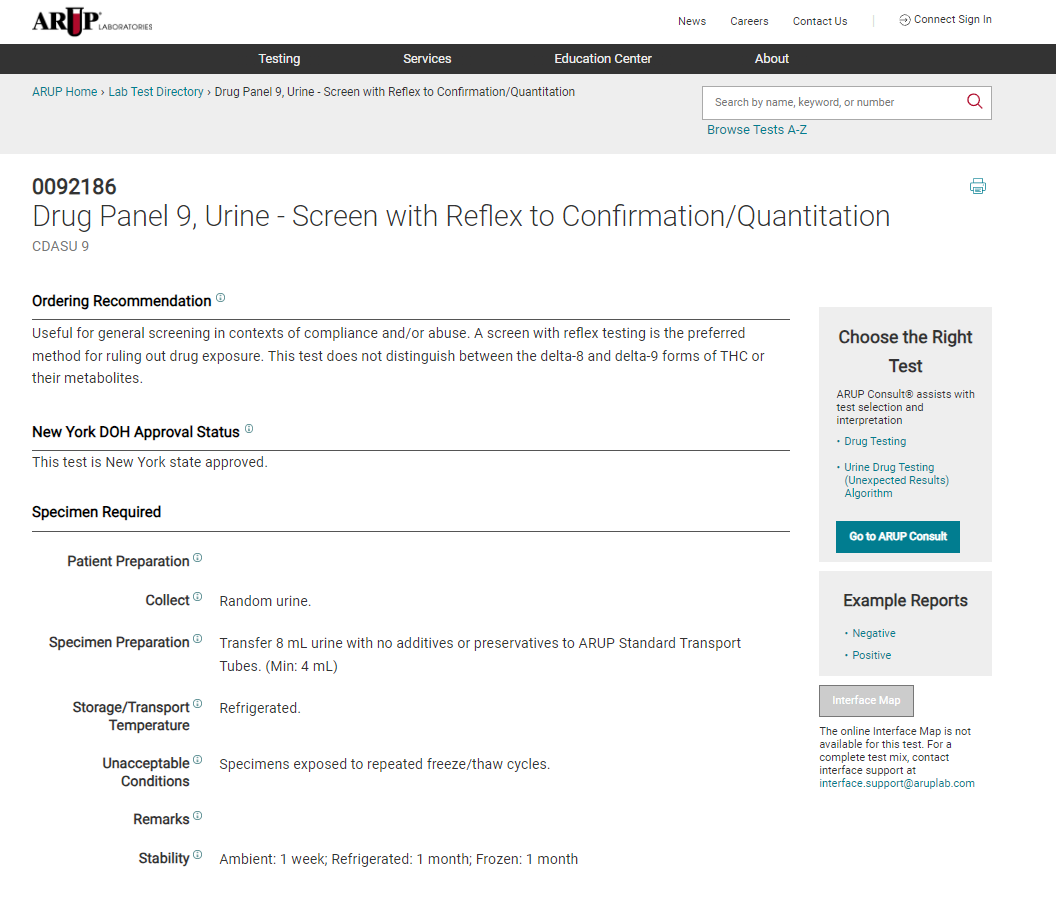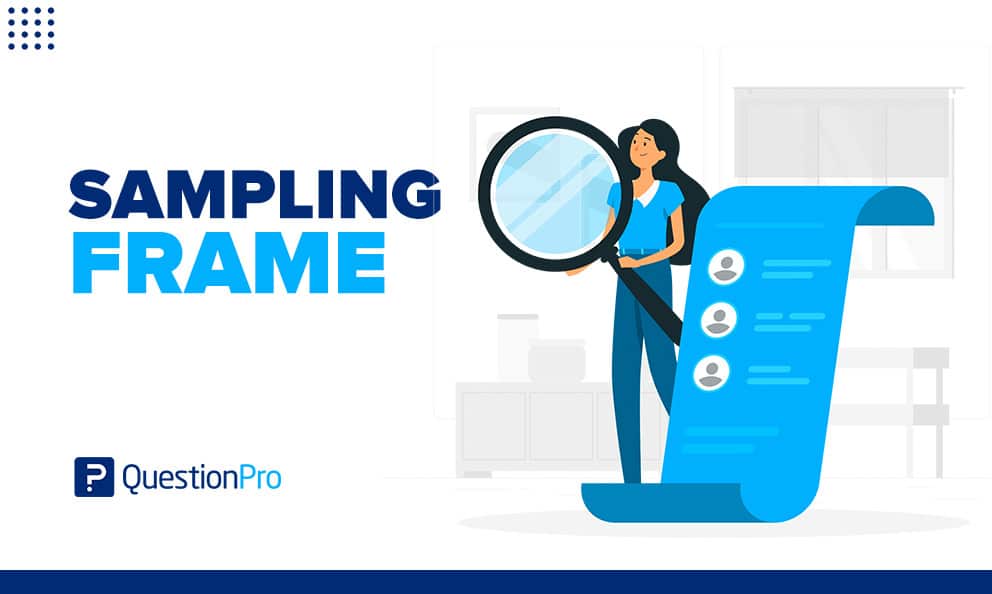
The patient collects the sample by using a special device to swab around their outer gums. This type of sample may be collected using a special sweat stimulation procedure that is painless and allows sweat to be collected into a plastic coil of tubing or onto a piece of gauze or filter paper.
It is then analyzed for the amount of chloride in the sweat. Elevated levels of chloride suggest a diagnosis of cystic fibrosis. Some samples are collected by simply running a swab over the affected area. The sample may be sent to a laboratory for analysis although a few tests can provide in-office results in just a few minutes.
Throat, nasal, vaginal, and superficial wound cultures, for example, are obtained in this way. The procedures, while they may sometimes be uncomfortable, are generally quick, relatively painless, and have no after-effects. Samples of vaginal secretions are obtained by running a cotton swab over the walls of the vagina; cervical cells for a Pap test are obtained using a cotton swab and spatula or a tiny brush.
Endometrial tissue samples are obtained by inserting a thin, flexible, hollow tube into the uterus, during which you may feel a slight pinch or brief cramping. Patients may feel some emotional and physical discomfort during this procedure.
If you are physically uncomfortable, discuss this with your healthcare provider. The specimen is collected by running a swab over the area of interest and processed for testing, such as cultures.
If the throat is sore, the sample collection, brief as it is, can be uncomfortable. Similarly, a nasal swab may be a bit uncomfortable as the swab is inserted and reaches areas inside the nose that are typically never touched.
Try to remember that the discomfort is temporary and ask your practitioner if there are ways to minimize any soreness that may result. If a wound or sore is located in the outer layer of skin, the specimen is typically collected on a swab by brushing the swab over the area and gathering a sample of fluid or pus.
Touching the open wound area may be temporarily painful since the wound is likely to be tender and sore. If a wound or infection is deep, however, a needle and syringe may be used to aspirate a sample of fluid or pus from the site. Blood specimens are obtained in minimally invasive procedures conducted by specially trained physicians, nurses, or medical personnel.
Collection of tissue specimens is a more complex process and may require a local anesthetic in order to obtain a specimen. Because of the nature of these collections techniques, some pain or discomfort may be involved. Knowing what the procedure involves may help alleviate some anxiety when having to undergo these types of sample collections.
For more on this, see the article Coping with Test Pain, Discomfort, and Anxiety. Blood samples can be collected from blood vessels capillaries, veins, and sometimes arteries by trained phlebotomists or medical personnel. The sample is obtained by needle puncture and withdrawn by suction through the needle into a special collection tube.
Some specimens may be obtained by a finger puncture that produces a drop of blood, such as that used for glucose testing. The procedure usually takes just a few minutes and hurts just a bit, typically when the needle is inserted or from the puncture of a lancet. See Tips on Blood Testing for more information.
Samples of tissue may be obtained from a number of different body sites, such as breast, lung, lymph node, or skin.
Depending on the site and the degree of invasiveness, some pain or discomfort may occur. The time required to perform the procedure and for recovery can also vary greatly. These procedures are conducted by healthcare providers who have had specialized training.
Tissue biopsies can be collected using procedures, such as:. A sample of cerebrospinal fluid is obtained by lumbar puncture, often called a spinal tap. It is a special but relatively routine procedure.
It is performed while the person is lying on their side in a curled up, fetal position or sometimes in a sitting position.
The back is cleaned with an antiseptic and a local anesthetic is injected under the skin. A special needle is inserted through the skin, between two vertebrae, and into the spinal canal. The health practitioner collects a small amount of CSF in multiple sterile vials; the needle is withdrawn and a sterile dressing and pressure are applied to the puncture site.
The patient will then be asked to lie quietly in a flat position, without lifting their head, for one or more hours to avoid a potential post-test spinal headache. The lumbar puncture procedure usually takes less than half an hour.
Discomfort levels can vary greatly. The most common sensation is a feeling of pressure when the needle is introduced. Let your healthcare provider know if you experience a headache or any abnormal sensations, such as pain, numbness, or tingling in your legs, or pain at the puncture site.
Other body fluids such as synovial fluid, peritoneal fluid, pleural fluid, and pericardial fluid are collected using procedures similar to that used for CSF in that they require aspiration of a sample of the fluid through a needle into a collection vessel.
These are generally more complex type of collections and often require some patient preparation, use of a local anesthetic, and a resting period following sample collection. For details, see the descriptions for arthrocentesis , paracentesis , thoracentesis , and pericardiocentesis. Both types of samples are most often collected from the hip bone iliac crest.
In some instances, marrow collection may be collected from the breastbone sternum. Almost all patients are given a mild sedative before the procedure, then asked to lie down on their stomach or side for the collection.
The site is cleaned with an antiseptic and injected with a local anesthetic, treating it as a typical surgical field. When the site has numbed, the health practitioner inserts a needle through the skin and into the bone. For an aspiration, a syringe is attached to the needle and bone marrow fluid is aspirated.
For a bone marrow biopsy, a special needle is used to collect a core a cylindrical sample of bone and marrow. After the needle has been withdrawn, a sterile bandage is placed over the site and pressure is applied. In some instances, the procedure may be repeated on the opposite hip bilateral bone marrow , most often done as part of the initial diagnostic workup.
The patient is then instructed to lie quietly until their blood pressure, heart rate, and temperature are normal, and then to keep the collection site dry and covered for about 48 hours.
A sample of amniotic fluid is obtained using a procedure called amniocentesis to detect and diagnose certain birth defects, genetic diseases, and chromosomal abnormalities in a fetus.
Amniotic fluid surrounds, protects, and nourishes a growing fetus during pregnancy. A sample about 1 ounce of amniotic fluid is aspirated by inserting a thin needle through the belly and uterus into the amniotic sac, collecting both cellular and chemical constituents that are analyzed to detect certain genetic abnormalities that may be present.
A Directory of Medical Tests. Accessed December Pagana K, Pagana T. Louis: Mosby Elsevier; October 16, MedlinePlus Medical Encyclopedia, Biopsy. Accessed October Illustrated Guide to Diagnostic Tests, Student Version. Lewis JV, ed.
Springhouse, PA: Springhouse Corp. Slupik RI, ed. New York: Random House, Caregiving: A Step-By-Step Resource for Caring for the Person with Cancer at Home. Houts PS and Bucher JA, eds.
American Cancer Society, About Site on Mental Health Resources. Accessed May Thompson, ED. Introduction to Maternity and Pediatric Nursing. Philadelphia, Pa: W. Saunders Company, Dr Koop. Accessed June American Medical Association Family Medical Guide.
Clayman CB, ed. New York: Random House, Inc. Rob C, Reynolds J. Boston, MA: Houghton Mifflin Company, OraQuick Rapid HIV Test for Oral Fluid — Frequently Asked Questions.
Accessed November Interviews professional titles and positions are listed as they were at the time of the interviews. Collection sites collect specimens for testing in their communities; they are independently owned and operated businesses and are not affiliates of USDTL.
Collection sites in this directory offer at least one type of USDTL testing, but do not necessarily offer all USDTL testing options. It is advised that you call individual locations to ensure they offer the specific testing you need.
By Phone: 1. Bromazolam and Synthetic Benzodiazepines. Winter Weather Delay Update. A Forensic Drug Testing Laboratory Accredited by The College of American Pathologists.
All Rights Reserved. Website Design by: Antenna. Collector Locations Collection Supplies Client Login Blog FAQ Contact Us Hospital Group Log In. Keyword Search. City or Zipcode.
• A list of addresses with check boxes to allow the collector to check the box Prepare the collection site to collect urine specimens: • Assemble supplies Comment: Prior to performing specimen collections for a Federal agency, each collector must demonstrate a working knowledge of the collection There are four steps involved in obtaining a good quality specimen for testing: (1) preparation of the patient, (2) collection of the specimen, (3) processing

Ihr Gedanke einfach ausgezeichnet
Sie der abstrakte Mensch